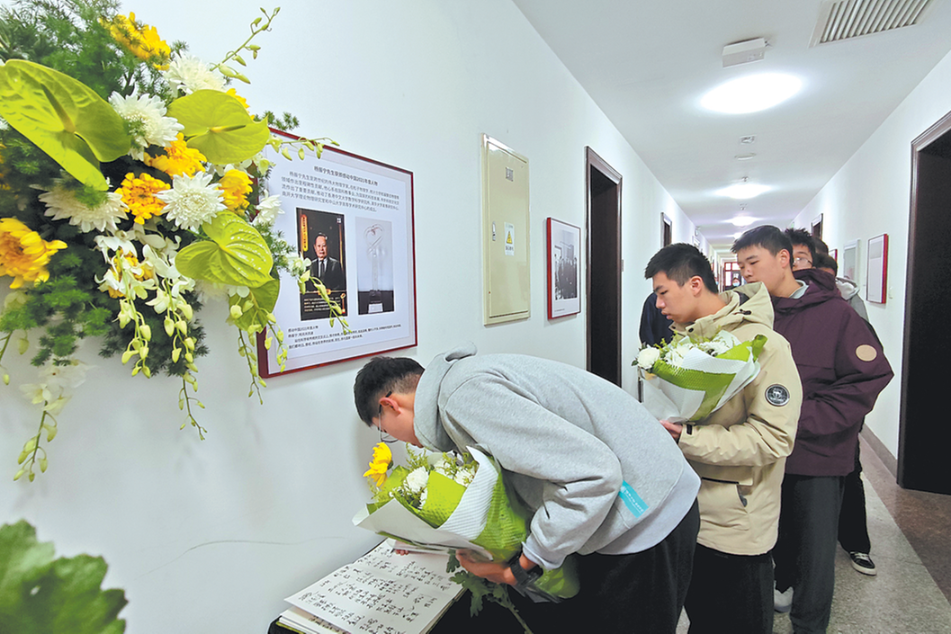Historians look to Taiwan for Nanjing records

NANJING-Ahead of this year's national memorial ceremony for the victims of the Nanjing Massacre, survivors gathered to mourn lost loved ones at the Memorial Hall for the Victims of the Nanjing Massacre by Japanese Invaders.
At the commemoration, survivors presented bouquets of flowers with the help of their families, and the memorial activities evoked tears, and more importantly, memories.
The Nanjing Massacre took place when Japanese troops captured the city on Dec 13, 1937. Over six weeks, they killed more than 300,000 Chinese civilians and unarmed soldiers in one of the most barbaric episodes of World War II.
The "wailing wall", located at the corner of the memorial hall, was 43 meters long and 3.5 meters high when it was first erected in 1995, with the names of 3,000 victims engraved upon it.
During the past 26 years, more names have been added to the wall. Now, the extended wall has a total of 10,665 names on it.
Xia Shuqin, a survivor, used a brush pen dipped in black ink to trace the names of her family members on the wall.
Xia, then an 8-year-old girl, was stabbed three times in her back by a troop of Japanese soldiers who broke into her home, and she fell into a coma. She was later awakened by the crying of her 4-year-old sister, only to find that other seven family members were all dead.
In recent years, the wall has been repeatedly extended, but at a slower pace, as fewer new names had been identified. No new names had been added to the wall since the end of 2019, according to Zhang Jianjun, curator at the Memorial Hall.
Jiang Liangqin, a professor at Nanjing University, has spent eight years collecting information on the victims at institutions across the Taiwan Straits, by sorting through 14,931 cards uncovering the brutal truth.
"Investigation of the invaders' crimes and Chinese losses in the war had various limitations,"Jiang says, noting that when some families were murdered with no survivors, archives or oral records were rarely left.
"If we can promote joint research with historians across the Straits, more victims might be identified," she adds.
Sun Zhaiwei, a scholar who began researching the Nanjing Massacre in 1983, says the names collected so far mainly came from postwar citizen surveys, but information about the unarmed soldiers without relatives in Nanjing was hard to trace.
Luckily, a greater number of ordinary people are joining the research. They collect the names of the massacre victims and record the video stories of survivors, Sun says.
"Their efforts not only help deepen the shared memory of the Chinese people, but also reflect the nation's appreciation for each individual's life," says Zhang.
Xinhua

Today's Top News
- Australian warplane expelled from airspace over Xisha Islands
- China's GDP rises in Q3
- 20th CPC Central Committee starts fourth plenary session
- China reports 5.2% GDP growth in Q1-Q3
- Xi's works published in Hungarian
- A life dedicated to science and devotion to motherland






























